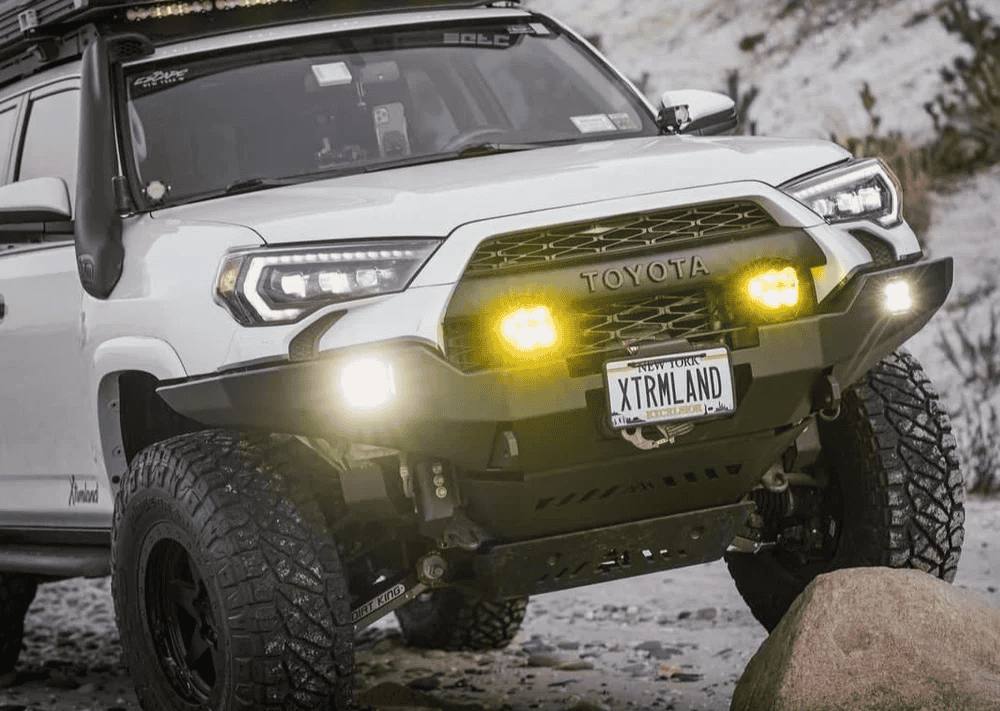Overland Vehicles

Water finds seams, wicks into fibers, and lingers where air does not flow. Materials that resist damage do three things well. They minimize absorption, they present non porous or sealed faces, and they dry quickly after exposure. In practice that means choosing surfaces that do not swell, finishes that block capillary action, and assemblies that avoid trapping moisture behind panels.
Fabrics gain water resistance through dense weaves, solution dyed fibers, and coatings like polyurethane or acrylic that block penetration. Marine grade vinyl offers a smooth, non porous face that wipes clean and resists mildew when paired with antimicrobial topcoats. Foams matter too. Closed cell options such as cross linked polyethylene and EVA do not soak up water, while reticulated quick dry foam drains rapidly in cushions. Hard panels like FRP, HDPE, and aluminum composite resist swelling and delamination far better than unsealed wood.
Flooring deserves special attention. Rubber coin, TPO sheet, and homogeneous PVC are common in wet entry zones because they are seamless, washable, and tough under abrasion. Sealed edges and cove transitions stop water from creeping under the surface. For wood structures, use sealed plywood with fully encapsulated edges, then float or adhere a non absorbent wear layer above it.
Pick coated polyester or solution dyed acrylic for soft panels, and pair them with mildew resistant threads when stitching. Use closed cell underlayment in seats and wall pads to prevent hidden moisture. For cabinetry and wall cores, HDPE and FRP panels handle splashes and frequent cleaning without swelling. If wood is required for structure, seal every cut edge with epoxy or a comparable sealer before installation.
A spec sheet tells part of the story. Hydrostatic head ratings indicate how much water pressure a fabric can resist before leaking. ASTM D570 shows the percentage of absorption by weight for plastics and composites. On floors, look for wet DCOF values that meet common safety targets for traction. Abrasion resistance tests like Martindale or Wyzenbeek help predict how a textile will handle daily wear, and UV resistance matters in bright cabins.
Vehicle interiors add other checks. FMVSS 302 flame performance is relevant for many trim components. Watch for temperature swings that drive expansion and contraction in panels, which can open seams if gaps are ignored. Consider VOC and odor performance after installation, especially in compact living spaces. Most of all, verify cleanability with real cleaners you plan to use. A material that wipes clean with pH neutral soap will be easier to maintain than one that needs specialty products.
Test numbers guide selection, but care keeps materials performing. Use welded seams on vinyl floors when possible. Choose mildew resistant threads and seam sealants on coated fabrics. Favor polyurethane or silane modified polymer sealants at structural joints where constant flex and occasional wetting occur. Plan for ventilation and thermal breaks to manage condensation, since even the best materials struggle if moisture cannot escape.
Mobile interiors mix living, cargo, and entry zones in a tight footprint. Start at the floor, where grit and water land first. Rubber coin and homogeneous PVC sheet handle repeated wash downs, especially with coved upturns at the wall for a continuous basin effect. In cargo or moto bays, use textured surfaces that balance grip with easy cleaning. Add removable trays or scuppers where water routinely pools.
Walls and ceilings benefit from rigid, washable skins. FRP and HDPE are popular because they resist dents and do not mind frequent wiping. Aluminum composite panels stay dimensionally stable and allow clean edges around windows. For soft surfaces, reticulated foam under marine vinyl cushions drains and dries quickly after wet rides. Hardware and fasteners should be stainless grades like 304 or 316 with anti corrosion coatings where dissimilar metals meet. Back up every penetration with a gasket or butyl tape and finish with a compatible sealant.
Think in terms of paths and barriers. Round inside corners with cove trim so mops can reach every edge. Back prime panels to reduce moisture transfer. Leave tiny expansion gaps behind trims so panels can move without cracking sealant. Where vinyl flooring meets door thresholds, use heat welded seams and install drip edges to route water outward. The goal is not only to block water but to steer it where it can drain and dry.
When you want these principles integrated into a real rig, expert specification and fabrication make all the difference. OZK designs interiors that pair marine grade surfaces with sealed floors, durable cabinetry, and thoughtful drainage so you spend less time cleaning and more time moving. If you are mapping a capable rig, explore our overland rigs to see how materials and layout come together for travel and work. For a tailored package, our custom overland upfit process covers partial or complete interior upgrades with proven products and methods. Curious about our process and results across builds and industries? Visit why choose OZK Customs to see what sets our shop apart.
Your cabin should shrug off rain, mud, and daily wear while staying comfortable and easy to clean. Tell us how you travel and what environments you face, and we will specify water resistant surfaces, sealed assemblies, and smart ventilation that match your routes. From complete custom builds to targeted interior upgrades, our team turns the right materials into a quiet, dry, and durable space built around you.
Ready for a cabin that shrugs off rain, mud, and daily use? Our team specifies marine grade surfaces, sealed floors, and durable cabinetry for long lasting performance. Tell us how you travel and we will design, build, and deliver a water resistant interior that fits your routes and gear. Share your build goals to get a tailored quote and timeline.
ADDRESS:
6159 E Huntsville Rd, Fayetteville, AR 72701
PHONE:
(479) 326-9200
EMAIL:
info@ozkvans.com